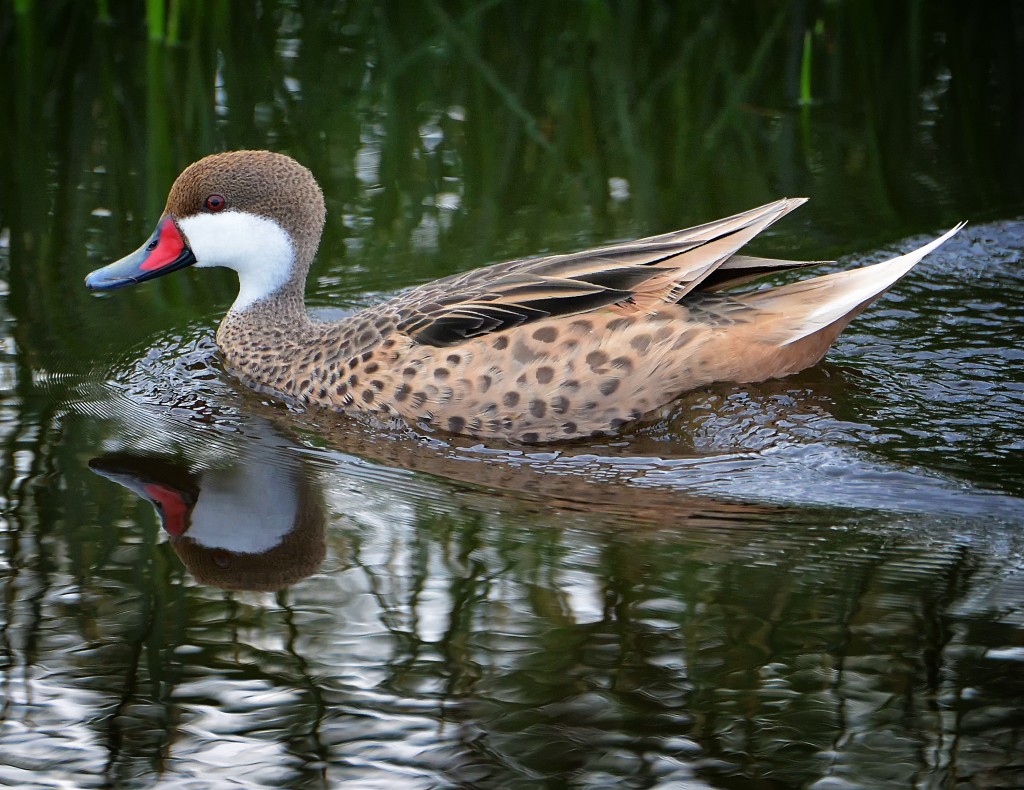Everybody needs beauty as well as bread, places to play in and pray in, where nature may heal and give strength to body and soul.
John Muir

Conservation is not the exclusive domain of nonprofits. Fermata began as a private-sector conservation effort, and for the past two decades there has never been a moment when that light dimmed. Without Muir’s “beauty, as well as…places to play in and pray in” our efforts in tourism, recreation, and the like would be for naught.
We believe in a simple truth – people conserve that which they value, and they value that which they use. The public use of the outdoors served as the foundation for the conservation movement in the United States. Our interpretive plans and enhancements, our trails, our social media, and our strategic planning are all focused on enticing people out of their homes, into the outdoors, and then insuring that they return home with a greater appreciation for and understanding of these resources and the people who manage them.
Couple with conservation is our interest in sustainable tourism and recreation. We do not develop recreation and tourism strategies that will place the resources at risk. In recent years our sustainability work has extended beyond direct physical impacts (such as trail erosion) to include a broad consideration of all impacts. For example, Fermata recently completed a Conservation Landscape Initiative strategic plan for the Laurel Highlands of Pennsylvania. This strategy included recommendations for redeveloping the Ohiopyle State Park and adjacent borough in a more sustainable fashion. These recommendations included shifting both to hydro and off of the grid, installing zero discharge waste water treatment, and mitigating the carbon cost of travel to and from the park through reforestation of nearby mine lands. The report is available here.
Fermata’s work has broadened to include sustainable community development as well as restorative economic strategies. Sustainability is a dominant issue in many communities, both urban and rural. Outmigration of young people, attracting new green jobs, and enhancing quality of life are issues that increasingly touch on our work, and therefore we will continue to develop creative strategies for our sustainable tourism and recreation efforts.
As President Theodore Roosevelt said, “The nation behaves well if it treats the natural resources as assets which it must turn over to the next generation increased, and not impaired in value.” Over a century ago this progressive president addressed the same issue of sustainability we are challenged with today. Only if we act are we to be insured that we will live this world “not impaired in value.”